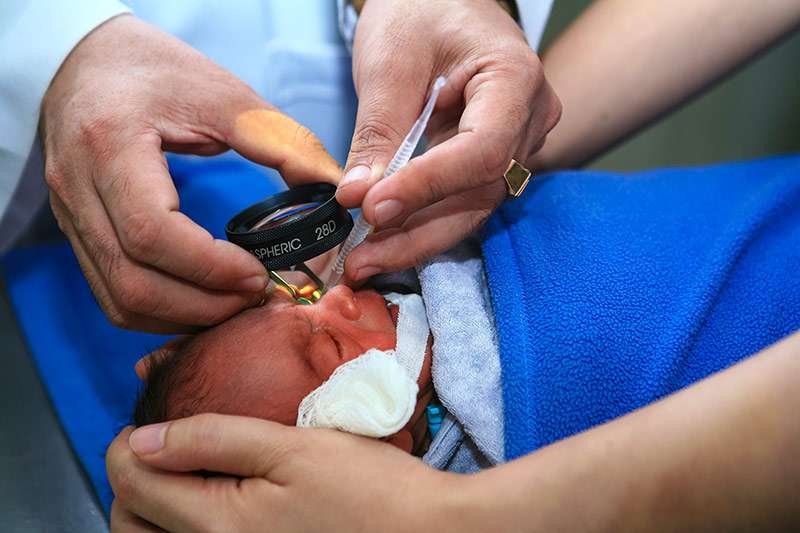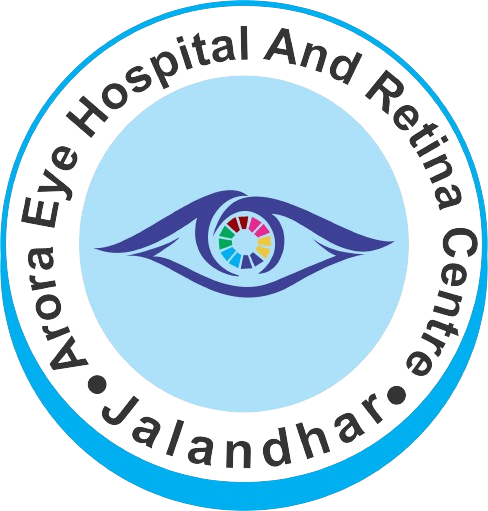
Understanding Retinopathy of Prematurity (ROP) and the Need for Mandatory Screening
Retinopathy of Prematurity (ROP) is a potentially blinding eye disorder that primarily affects premature infants. It occurs when abnormal blood vessels grow and spread throughout the retina, the tissue at the back of the eye that senses light and sends images to the brain. These abnormal vessels are fragile and can leak, causing scarring of the retina and potentially leading to retinal detachment, which can result in blindness.
The Impact of ROP on Newborns
ROP is most commonly seen in babies who are born before 31 weeks of gestation and weigh less than 1250 grams (2.75 pounds). The smaller and more premature the baby, the higher the risk of developing ROP. Although not all infants with ROP will develop severe vision problems, those who do can face significant lifelong challenges, including:
Visual Impairment: Even mild ROP can cause vision problems, while severe ROP can lead to blindness.
Developmental Delays: Visual impairment in infants can affect their overall development, including motor skills, language, and cognitive functions.
Emotional and Social Impact: Children with vision loss may face emotional and social challenges, including difficulties in learning and social interactions.
The Necessity of Mandatory Screening for ROP
Given the severe consequences of untreated ROP, early detection and intervention are crucial. Mandatory screening for ROP in all premature infants can ensure that those at risk are identified and treated promptly. The benefits of mandatory screening include:
Early Detection: Identifying ROP in its early stages allows for timely intervention, which can prevent progression to more severe forms and reduce the risk of blindness.
Standardized Care: Mandating screening ensures that all premature infants receive the same standard of care, regardless of where they are born.
Improved Outcomes: Early treatment, such as laser therapy or intravitreal injections, can significantly improve visual outcomes for infants with ROP.
Strengthening India’s Workforce to Prevent Blindness Due to ROP
To effectively combat ROP and prevent blindness, the Indian government can take several steps to strengthen the healthcare workforce and infrastructure:
Training and Education: Implement comprehensive training programs for neonatal healthcare providers, including pediatricians, neonatologists, and nurses, to recognize and manage ROP. Specialized training for ophthalmologists in diagnosing and treating ROP is also essential.
Telemedicine and Technology: Utilize telemedicine to expand access to ROP screening and treatment in remote and underserved areas. Equipping neonatal units with portable retinal cameras and establishing tele-ophthalmology networks can facilitate timely diagnosis and intervention.
Public-Private Partnerships: Encourage collaborations between the government, non-profit organizations, and private healthcare providers to create a robust network for ROP care. Initiatives like the National Programme for Control of Blindness (NPCB) can be expanded to include ROP as a priority area.
Awareness Campaigns: Launch public awareness campaigns to educate parents, caregivers, and healthcare professionals about the importance of ROP screening and early intervention. Increasing awareness can lead to higher compliance with screening recommendations and timely treatment.
Policy and Funding: Allocate resources and funding to support ROP screening and treatment programs. Developing policies that mandate ROP screening for all premature infants can ensure uniform implementation across the country.
By making ROP screening mandatory and strengthening the healthcare workforce, India can take significant strides in preventing blindness among its most vulnerable population—premature infants. Early detection and timely intervention can safeguard the vision and future of these children, ensuring they lead healthy and fulfilling lives.

